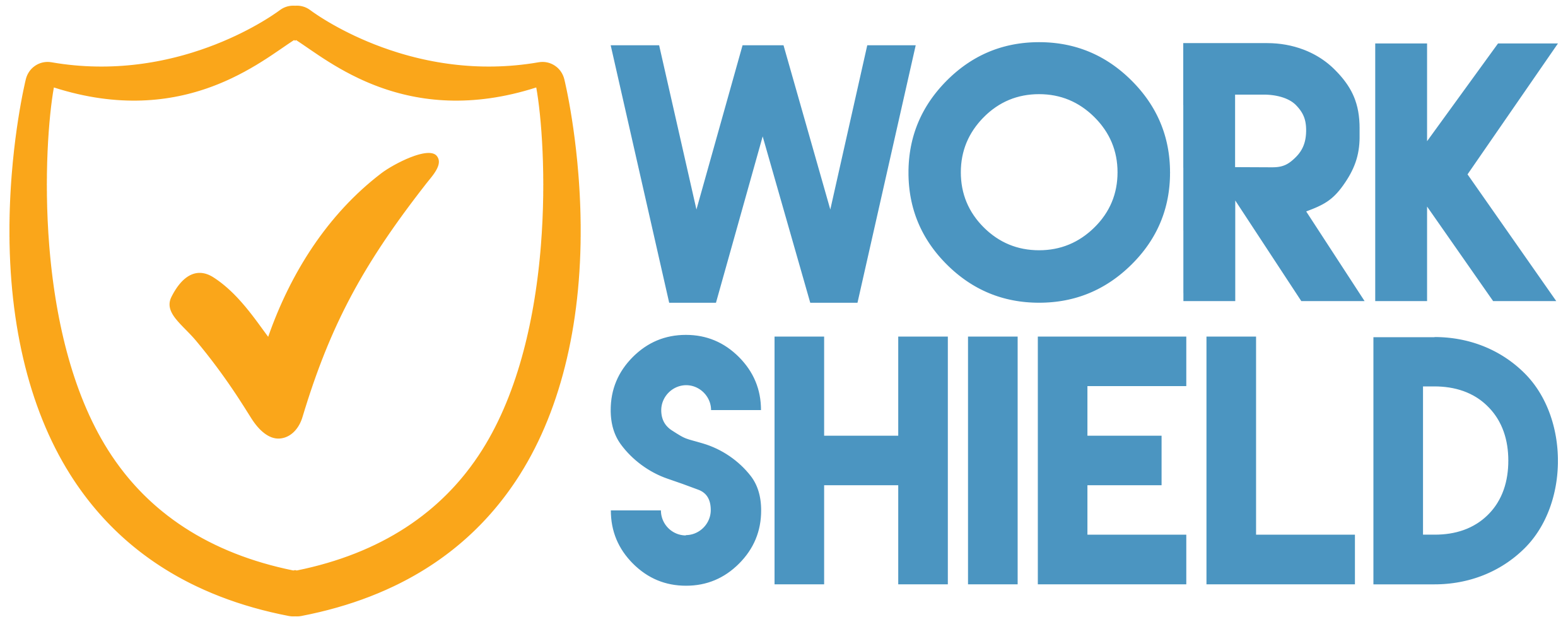May is Asian American and Pacific Islander (AAPI) Heritage Month, a time to recognize and celebrate the rich culture, history and achievements of AAPI individuals. Organizations that want to cultivate workplaces of diversity and inclusion must strive to employ people of different ages, genres, ethnicities, education levels and cultural backgrounds. By honoring observances such as AAPI Heritage Month in the workplace, employers are setting the tone that diversity matters, and all employees are valued. With that, we’re taking a look at the origins of AAPI Heritage Month and why it’s important to recognize this observance in the workplace.
History of AAPI Heritage Month
- What we now know as Asian American and Pacific Islander Heritage Month originally began in 1977 as a week-long observance at the beginning of May. New York representative Frank Horton proposed this proclamation, but it wasn’t until the following year that President Jimmy Carter signed it into law.
- In 1990, the observance was expanded from a week to a month, and in 1992, May was annually designated as Asian/Pacific Heritage Month.
- In 2009, the observance was renamed as Asian American and Pacific Islander Heritage Month.
- AAPI Heritage Month takes place in May to recognize the arrival of the first known Japanese immigrant to the United States in May 1843. Additionally, it marks the completion of the transcontinental railroad on May 10, 1869, which was constructed by over 20,000 Chinese workers.
Observing AAPI Heritage Month
It’s important to honor and learn about the AAPI experience during May and all year-round. As the fastest growing racial or ethnic group in the United States, there are over 22 million people of Asian or Pacific Islander descent in the United States. With communities, individuals and workplaces taking steps to recognize AAPI Heritage Month, it’s impossible to ignore the new research that shows the unprecedented increase of 339% in hate crimes against the Asian American community.
While there is much work to be done across the country to support AAPI individuals and experiences, there are a few ways to commemorate the observance in the workplace.
- Education: Read about the history of Asian Americans and Pacific Islanders and share learnings with your team. Also, open the floor for other employees to share their stories, whether that be through internal communications, social media content or newsletter updates.
- Recognition: Highlight AAPI achievements in the workplace and create opportunities for employee resource groups (ERG) for team members to unite under shared experiences, so all employees can feel seen, heard and valued.
- Support: Utilize your organization’s digital communication tools to share reputable organizations and charities that support AAPI advocacy.
Honoring AAPI heritage at work should not stop at the end of May, as it supports diversity and inclusion in the workplace and honors the tremendous contributions made by generations of Asian Americans and Pacific Islanders. In addition, it creates a workplace comprising a variety of views, backgrounds and experiences that can carry success to new levels, since organizations with greater diversity are 35% more likely to experience greater financial returns than non-diverse competitors. At Work Shield, it’s our goal to establish more inclusive workplaces that thrive in all aspects of business.





